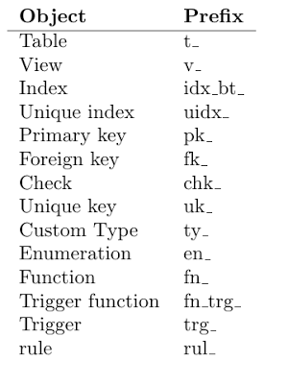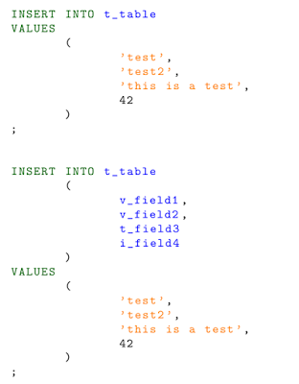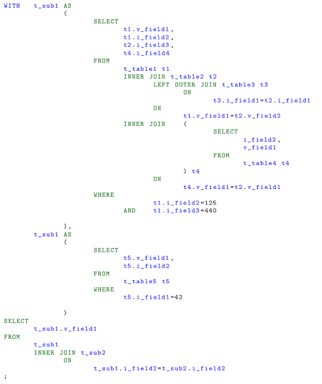Nuts and bolts part 4 - naming conventions and editors
Named identifiers
Writing and debugging the SQL is not simple and a little bit of clarity becomes a massive help. Adding a prefix to the identifiers gives to the SQL developer a great knowledge about the database schema.
This naming convention makes clear the difference between tables which are physical entities, and the views which are names for saved SQL statement.
Adopting a similar approach for the column names makes the data type immediately recognisable.



